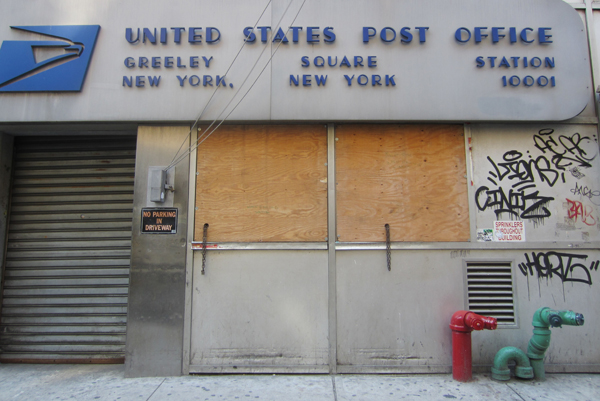
e-invoicing
11 Mar The Post Office – the most compelling business case for e-invoicing
Posted at 04:20h
in AP Automation, e-invoicing, Electronic Invoicing, Financial Supply Chain Management, Purchase to Pay, Purchase to Pay Process, Supply Chain Finance
New York - the lights, the excitement, the glamor, the Post Office. A compelling argument for electronic invoicing.
[caption id="attachment_7294" align="aligncenter" width="540"] This Post Office in the heart of Manhattan - one of the busiest and commercially vibrant cities in the world - is open for business. I stood in line for 45 minutes to buy a stamp.[/caption]
This Post Office in the heart of Manhattan - one of the busiest and commercially vibrant cities in the world - is open for business. I stood in line for 45 minutes to buy a stamp.[/caption]
05 Feb Research just released reveals a new driver for electronic invoicing
Posted at 14:08h
in e-invoicing, Electronic Invoicing, Financial Supply Chain Management, Supply Chain Finance
This is an important piece of research. For the first time, independent evidence points to a rapid growth in the adoption of e-invoicing and a significant change in the motivation for implementation.
A wide range of organizations, from SMEs to large global businesses were surveyed in 2012 to understand their experiences and aspirations for payment technologies. Some of the results of the research are, to be frank, predictable, while others were a surprise. Overall, the research paints an optimistic picture for technology vendors and their clients who are benefiting from their solutions.
